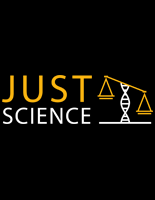Process Evaluation of the Multnomah County Drug Testing and Evaluation Program
Date Published
1993
Agencies
NIJ-Sponsored
Publication Type
Program/Project Evaluation


